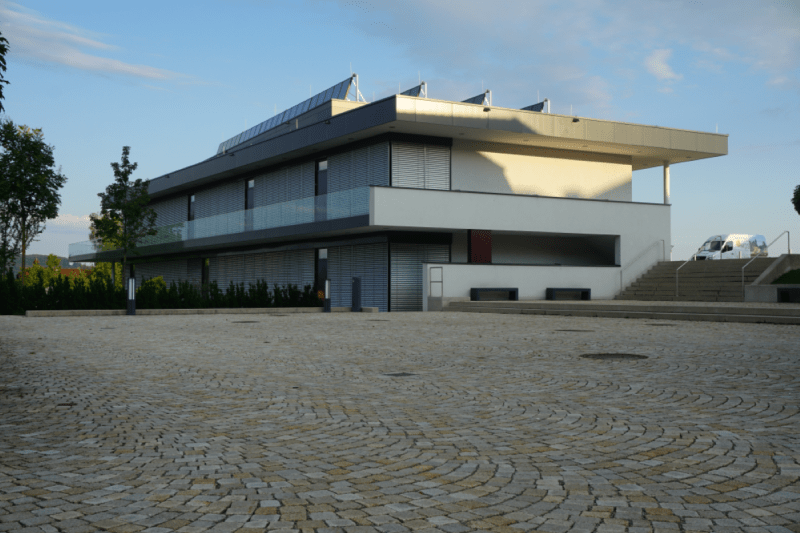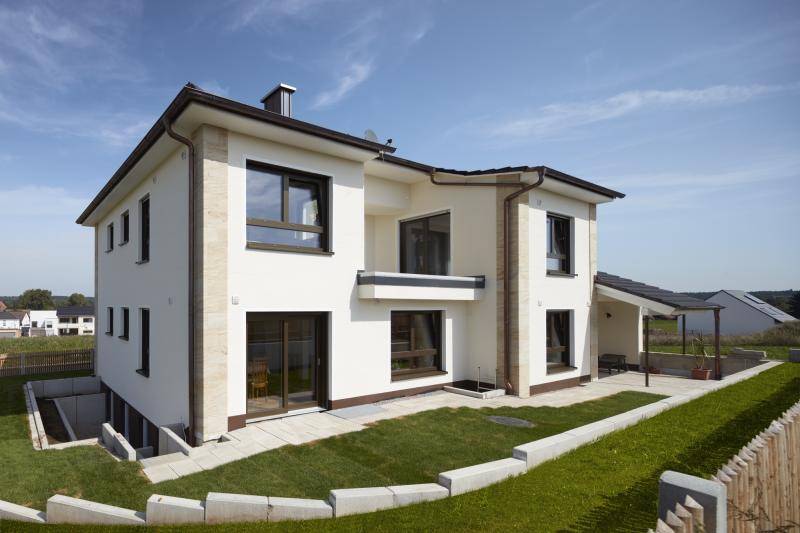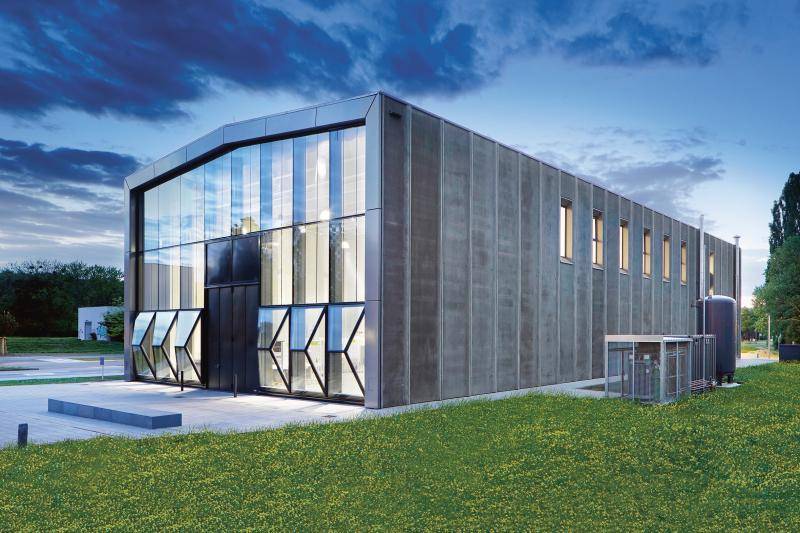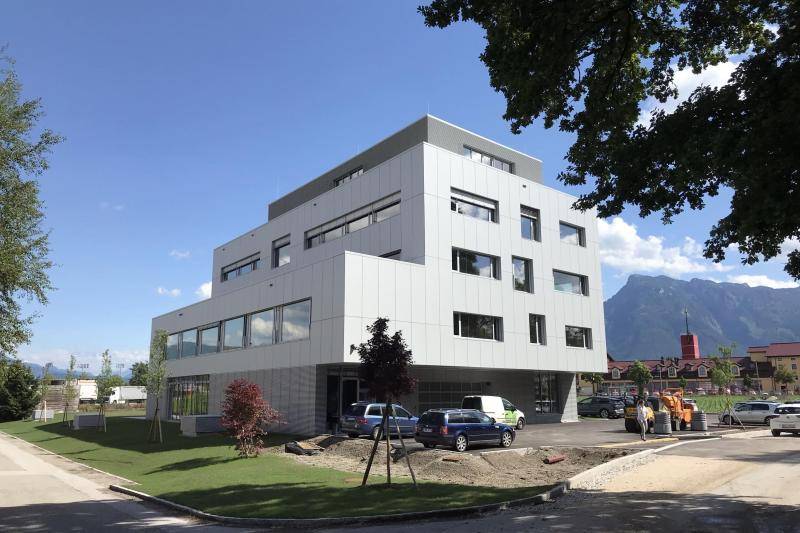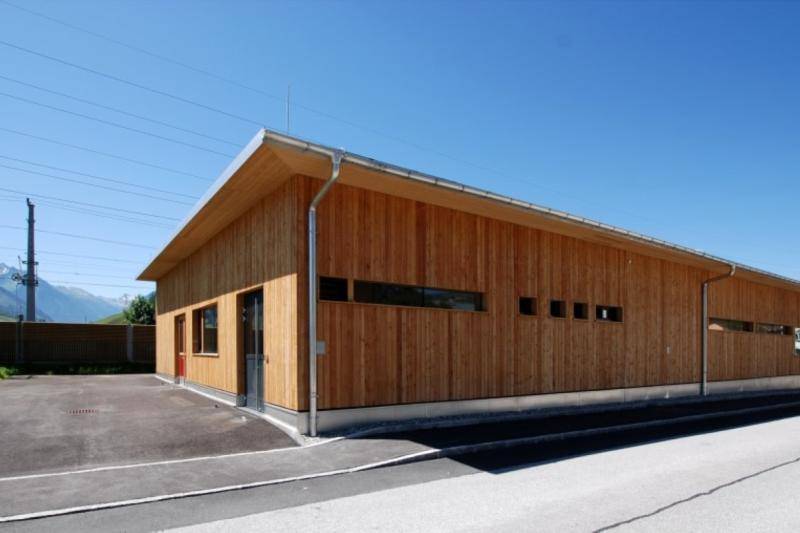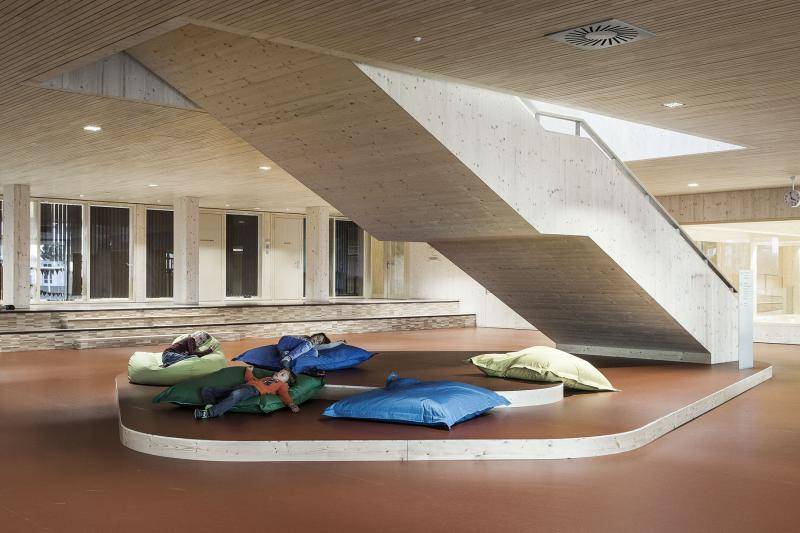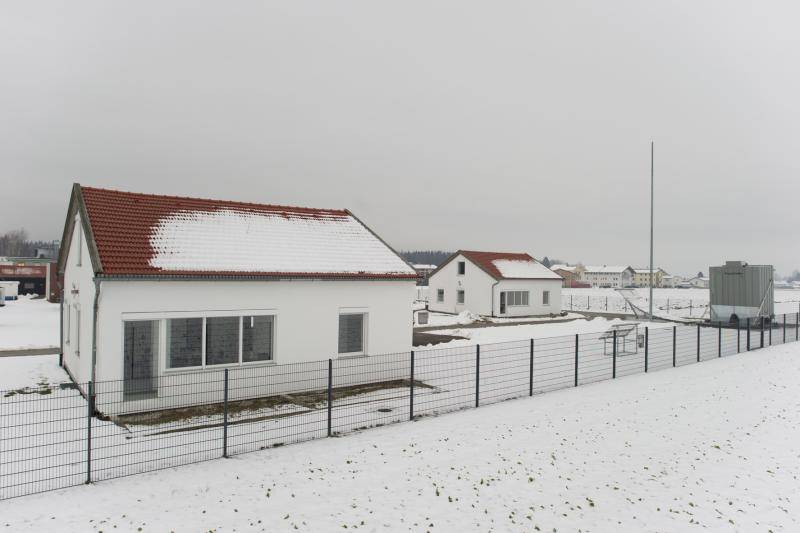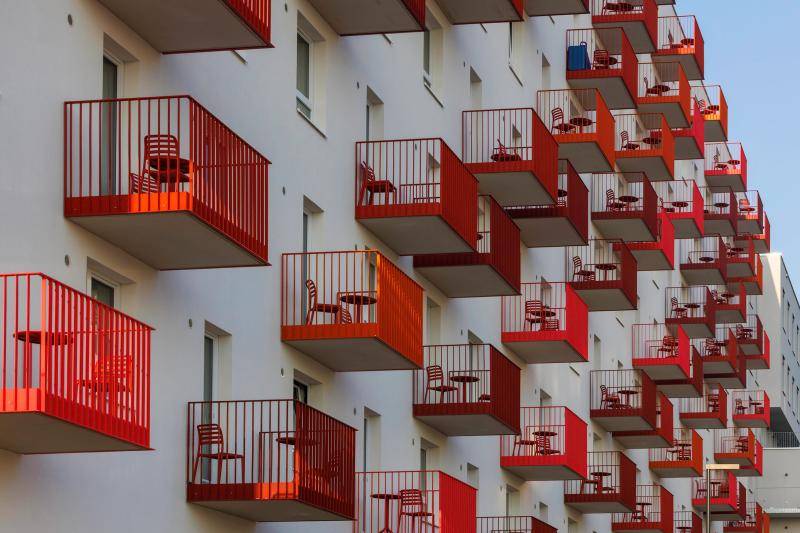Center Living in the Smart City Graz
Center Living, as a central part of the Smart City District Graz, offers space for both living and working. The building achieved klimaaktiv Gold certification – thanks to its brine-water heat pumps, extensive photovoltaic system, use of waste heat, and thermally activated building components.
239 Wohnungen mit Freiflächen rund um einen begrünten Innenhof
SCM Center Living Errichtungs GmbH
Building physics, building certification: Dr. Pfeiler GmbH
Plausibility check: Energy Agency Styria
4.279,93 m³
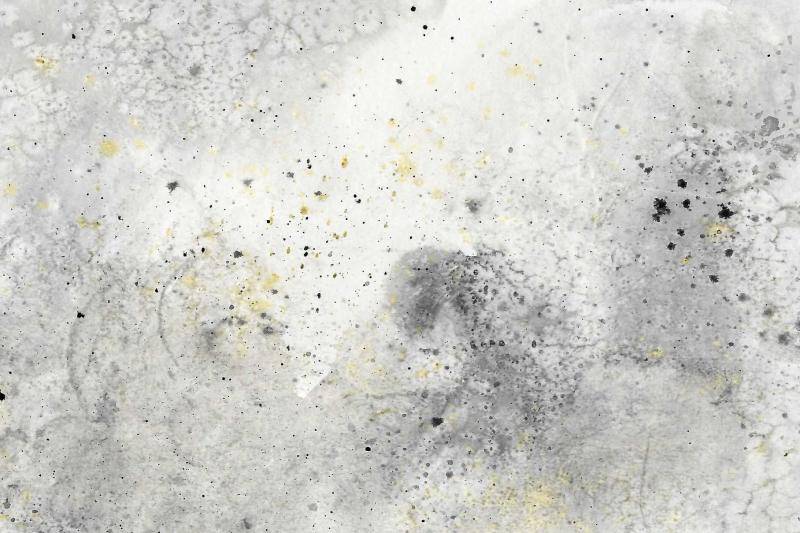
2,500 square meters of photovoltaic panels on the roofs and the use of a productive groundwater reservoir form the foundation of the building’s energy supply. Electricity from up to 487 kWp is available for heating and cooling, complemented by an energy yield of 2.5 megawatts from the largest groundwater utilization project in Styria. With the help of heat pumps and an additional district heating connection for peak demand, all residential and office units are temperature-controlled via underfloor heating and thermally activated building components.
The thermal activation of building components plays a central role: through pipe systems integrated into ceilings and floors, heat or cooling energy is transferred directly into the building mass. This creates an even indoor climate with significantly lower energy consumption. At the same time, the building structure serves as a thermal buffer, balancing temperature fluctuations and enhancing the overall system’s efficiency.
In addition, the waste heat generated by the heat pumps in winter, as well as that from the cooling systems in the offices during summer, is reused for domestic hot water preparation – another example of the project’s consistent closed-loop energy concept. The courtyard features an adiabatic cooling system that sprays purified water under high pressure, reducing summer air temperatures by up to eight degrees Celsius while also lowering fine dust levels.
The result is an integrated, resource-efficient overall concept that combines energy efficiency, comfort, and sustainability, demonstrating what future-oriented urban living and working can look like.
© Text: Gisela Gary; Z+B Magazine; modified
